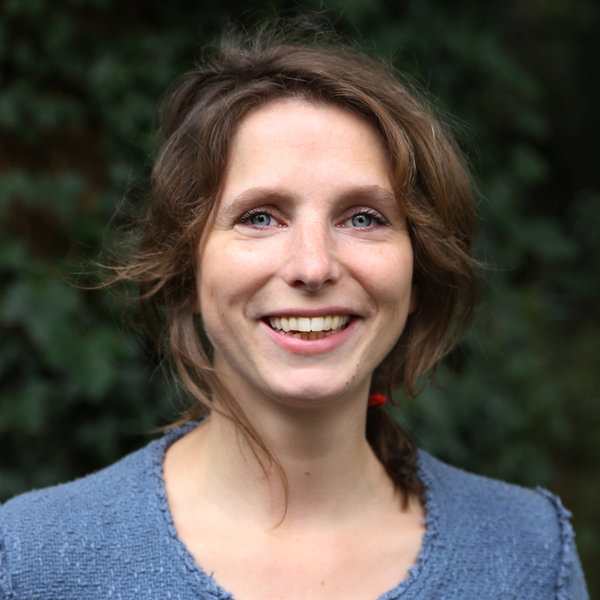An interview with Robert O. Brinkerhoff on how to determine the impact of training interventions.
For five years we have been carrying out impact research. We examine for our clients what the carry-over effects are of the leadership programmes, training programmes and change interventions that they execute in their participants’ working environments. We also subject our own learning interventions to this kind of evaluation. More often than not, we use the Success Case Method, which was developed by Robert O. Brinkerhoff, together with different variations on this approach.
At the core of this method lies the initial development of a diagram of the impact you are trying to achieve. The next step is to conduct a survey to get a broader impression of the way that people have gone about changing (parts of) their work. This is followed by a series of interviews to create a deeper understanding of the different story lines. The basic idea is that a better knowledge of what people have started doing differently in their work helps to increase the impact of an intervention for the organization. In other words: if you have a better understanding of the movement which you have brought about with your intervention, you will be more capable of purposefully strengthening that movement.
In the past few years, we have frequently used the books that Brinkerhoff wrote about the application of this method. However, as is often the case with activities that you start to specialize in: on the one hand, you become more and more proficient, but you also start to ask more and more critical questions. For this reason, we contacted Brinkerhoff and put all our questions before him. During two conversations, he shared with us his views on learning in organizations, encouraging and motivating employees, and determining impact. His views were incredibly enlightening and that is why we want to report his and our most important insights.
